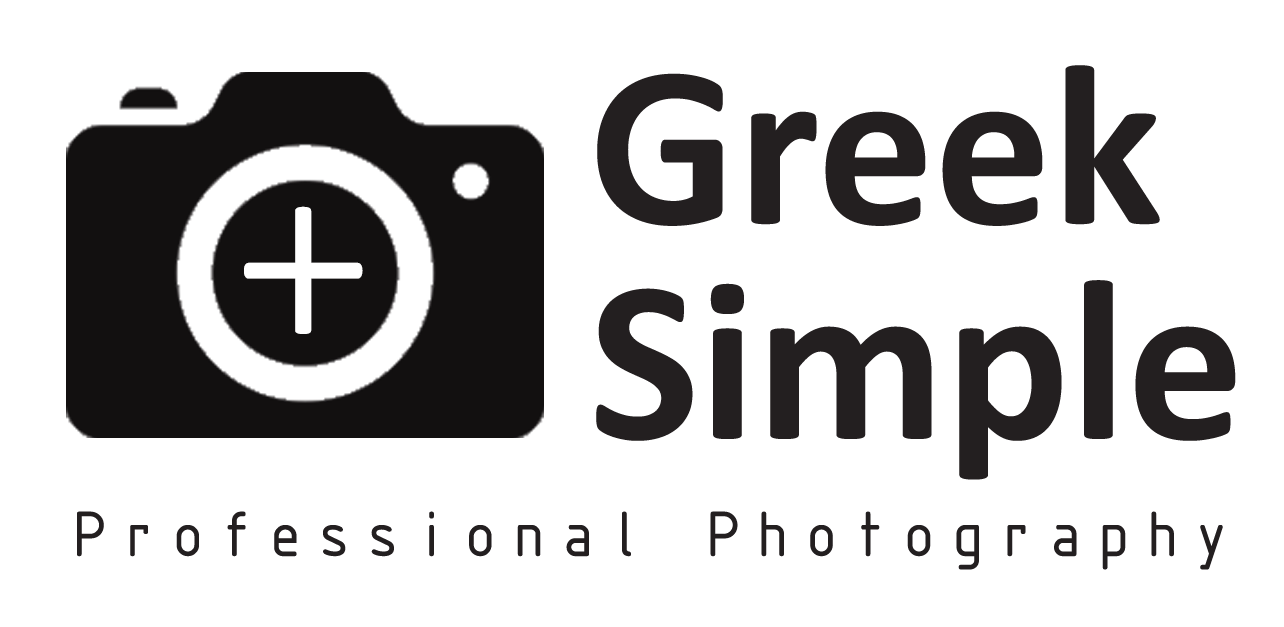
20 Mar Moody One light Photography
I have always been drawn to the art of moody food photography. There’s something captivating about the interplay of deep shadows and rich, dark tones that instantly caught my attention and sparked my passion. However, when I first embarked on my photography journey, I struggled to replicate the aesthetic I admired so much.
Understanding how to properly light a scene to achieve the desired mood was a challenge, as was selecting the right props to enhance storytelling. Through extensive trial and error, along with continuous learning, I developed the skills and confidence to create compelling moody compositions. Over time, I even mastered the ability to evoke a moody ambiance using lighter-toned props—something I once found particularly challenging.
In this guide, I’ll be sharing my top tips, techniques, and insights on how to style and capture stunning moody food photography. Whether you’re just starting out or looking to refine your skills, these strategies will help you bring depth, emotion, and artistry to your images.

How to Use Light in Dark and Moody Photography
A common misconception about dark and moody photography is that it requires minimal or weak lighting. In reality, the opposite is true—a strong and well-controlled light source is essential for achieving the desired moody effect.
This light source can be either natural or artificial, depending on your preference and shooting environment. Rather than simply reducing the amount of light, moody food photography is about manipulating light to create depth and drama. By carefully directing where the light falls and where it fades into shadow, you can craft rich, atmospheric compositions that evoke emotion and intrigue.
In this guide, we’ll explore practical techniques for controlling and shaping light to achieve striking moody effects in your photography.
Key Takeaway
A common mistake in moody food photography is under-lighting the scene. Insufficient lighting can result in a flat, lifeless composition lacking depth and dimension. Instead of reducing light, focus on using a strong light source and controlling it strategically. Incorporate dark-colored modifiers to shape the shadows, directing light where you want it while blocking it from areas where you don’t. This approach will create a more dynamic and visually compelling image with the rich contrast that defines moody photography.
How to Incorporate Color into Moody Photography
Contrary to popular belief, moody food photography doesn’t mean eliminating color! In fact, incorporating rich, bold colors can add depth and visual interest to your images. I love working with strong hues alongside creamy, soft shadows to create a balanced yet dramatic effect.
The key to maintaining this balance lies in precise control of lighting and shadows, as discussed in the previous section. Beyond lighting, color selection plays a crucial role. I recommend focusing on one or two dominant colors, complemented by a third accent color to enhance the overall harmony. This approach keeps the palette intentional, cohesive, and visually engaging for the viewer.
By thoughtfully managing light and color, you can create moody photographs that are both atmospheric and vibrant—striking the perfect balance between drama and warmth.



Key Takeaway
Don’t be afraid to incorporate color into moody photography! A focused color palette will enhance your composition, making it more visually striking. Use lighting strategically to highlight your subject while allowing shadows to add depth and drama.
Creating a Light and Moody Vibe
What about images that feel light and airy, yet still retain creamy, soft shadows? The secret lies in background and prop selection.
While it’s possible to create a moody aesthetic using a light-colored surface with a dark hanging backdrop (as seen in the pickle photo above), achieving a true light and moody look works best when using a lighter-colored background or wall behind your scene. This approach allows for soft, diffused light while still preserving the depth and contrast that make moody photography so compelling.

Key Takeaway
You can achieve a moody aesthetic even when using light-colored props. The key lies in creating soft, creamy shadows and diffusing harsh light to maintain depth and contrast.
Camera Settings for Moody Photography
While post-processing can enhance a moody effect, getting it right in-camera will make editing easier and result in a more natural look. Here are my go-to settings for achieving a moody frame:
- Underexpose by 1/3 to 2/3 of a stop to deepen the shadows and create a rich, dramatic effect.
- Keep ISO as low as possible while maintaining an appropriate shutter speed—typically around ISO 200—to avoid noise and retain image quality.
These small adjustments can make a huge difference in capturing the moody look directly from the camera.
Key Takeaway
Aim to get your settings right in-camera to minimize post-processing time and maintain a natural, organic mood in your photos.
To Summarize
Creating moody food photography is all about preparation before you even press the shutter. Thoughtful choices—such as selecting the right props, backdrops, and manipulating your available light—play a crucial role in setting the mood.
Remember: it’s all in the shadows! Learning how to shape and control light will transform your images. Most importantly, keep experimenting! The more you practice with different lighting setups, props, and compositions, the more confident you’ll become in creating beautifully moody frames.
Happy shooting! 📸✨
Yours,
Theodora


No Comments